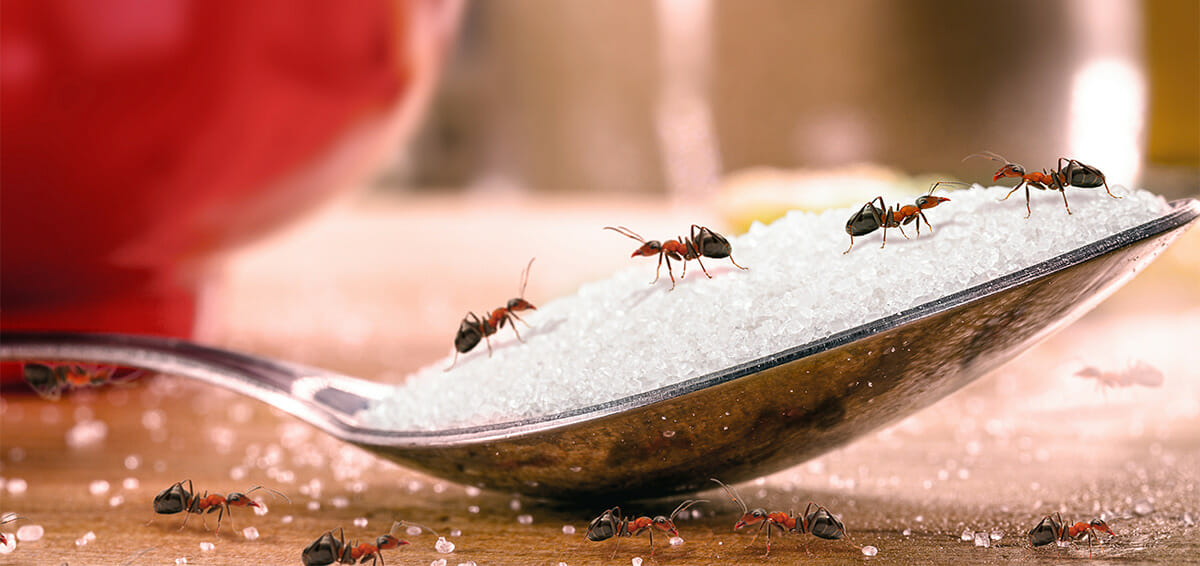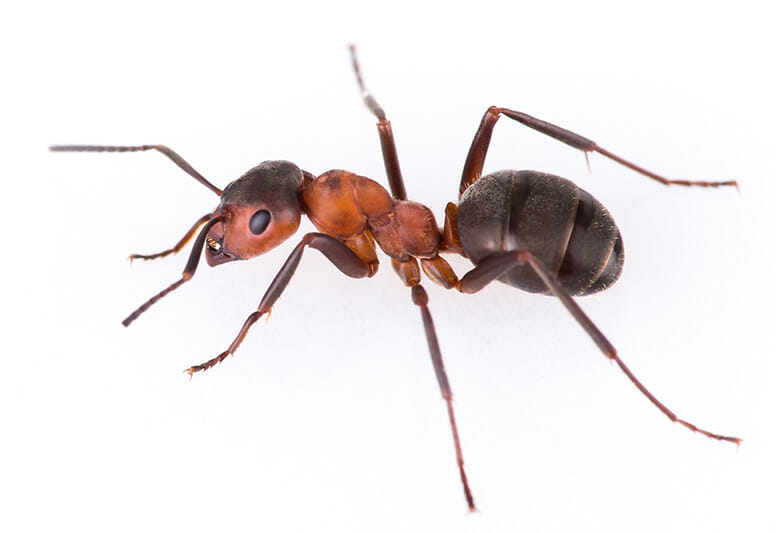Sugar ants — including the aptly named “odorous house ant” — are a group of common ants that are attracted to sweet and sugary substances.
Sugar ants can quickly become a nuisance and a health hazard. They are known to contaminate food and surfaces with bacteria and other pathogens, which can trigger illnesses in humans. Their presence can also cause damage to buildings and structures, as they often build their nests in walls, insulation, and other hidden areas. In some cases, they can even cause electrical problems by chewing through wires.
Sugar ants are difficult to get rid of because of their exceptionally large number of colonies and ability to quickly adapt to changes in their environment. They also have the ability to split their colonies into smaller groups, which can make it even harder to eradicate them completely.
If you have a sugar ant infestation in your home, read on to learn about what they are, how they behave, and what you need to do to get rid of them and keep them away for good.

 Argentine ants
Argentine ants
